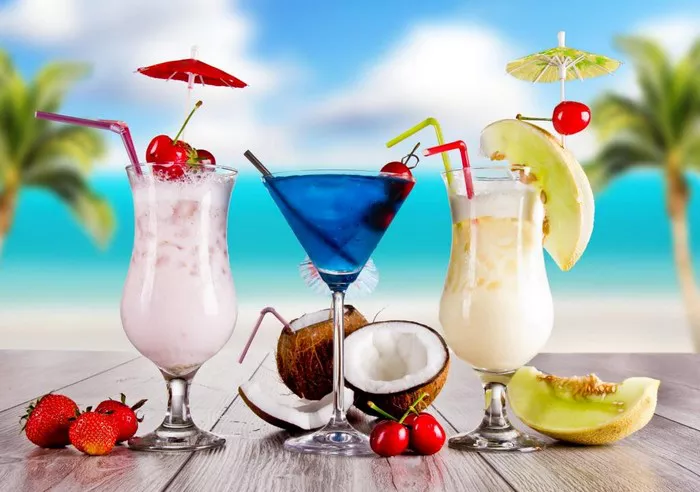Mojitos have long been a favorite among cocktail enthusiasts, renowned for their refreshing blend of mint, lime, sugar, and rum. However, one question often arises among those indulging in this iconic drink: Does a mojito have a high alcohol content? In this article, we delve deep into the components of the classic mojito to uncover the truth behind its alcohol potency.
Understanding the Mojito: A Classic Cocktail Revisited
Before we explore the alcohol content of the mojito, it’s essential to understand its origins and ingredients. Originating from Cuba, the mojito has a rich history dating back to the 16th century. Traditionally made with white rum, sugar (or simple syrup), lime juice, soda water, and mint leaves, this cocktail embodies the vibrant spirit of the Caribbean.
Deconstructing the Mojito: Unraveling Its Alcohol Components
To determine whether a mojito has a high alcohol content, it’s crucial to examine the alcoholic components of the cocktail. Typically, a standard mojito recipe calls for 1.5 ounces of white rum, which contributes significantly to its overall alcohol content. However, the alcohol concentration can vary depending on factors such as the type of rum used and the bartender’s pour.
Assessing Alcohol by Volume (ABV): Quantifying Mojito’s Alcohol Strength
Alcohol by Volume (ABV) serves as a standardized measure of the alcohol content in beverages. In the case of mojitos, the ABV primarily stems from the rum component. Standard white rum has an ABV ranging from 40% to 50%, meaning that a 1.5-ounce pour would contain approximately 0.6 to 0.75 ounces of pure alcohol.
See Also: complicated bar drinks
Factors Influencing Alcohol Content in Mojitos
Several factors can influence the alcohol content of a mojito, making it challenging to pinpoint an exact measure. One such factor is the bartender’s pour, as variations in the amount of rum added can directly impact the cocktail’s potency. Additionally, the choice of rum—whether it’s a premium brand or a standard variety—can affect the overall alcohol concentration.
Understanding Alcohol Metabolism: Implications for Mojito Consumption
Consuming alcoholic beverages like mojitos can have varying effects on individuals, depending on factors such as body weight, metabolism, and tolerance levels. While a single mojito may not seem potent to some, others may experience its effects more profoundly due to differences in alcohol metabolism. It’s essential to consume alcoholic beverages responsibly and be aware of one’s limits.
Alternative Ingredients and Alcohol-Free Variations
For those seeking a lighter option or abstaining from alcohol altogether, there are numerous alternatives to the classic mojito that offer the same refreshing taste without the alcohol content. Alcohol-free mojito recipes often substitute rum with ingredients like coconut water, sparkling water, or flavored syrups, providing a satisfying mocktail experience for all to enjoy.
Navigating Mojito Consumption: Moderation is Key
While mojitos undeniably contain alcohol, whether they have a high alcohol content is subjective and contingent on various factors. For individuals concerned about alcohol intake, practicing moderation and mindfulness when consuming cocktails like mojitos is crucial. Alternating between alcoholic and non-alcoholic beverages, staying hydrated, and knowing one’s limits are essential strategies for responsible consumption.
Conclusion: Unveiling the Truth Behind Mojito’s Alcohol Content
In conclusion, the question, “Does a mojito have a high alcohol content?” warrants a nuanced understanding of the cocktail’s ingredients, ABV, and individual consumption habits. While mojitos do contain alcohol, their potency can vary depending on factors such as rum type, pour size, and personal tolerance levels. By approaching mojito consumption with awareness and moderation, enthusiasts can savor this iconic cocktail responsibly while enjoying its refreshing flavors. Cheers to indulging in mojitos responsibly and raising a glass to the vibrant culture and heritage they represent.


